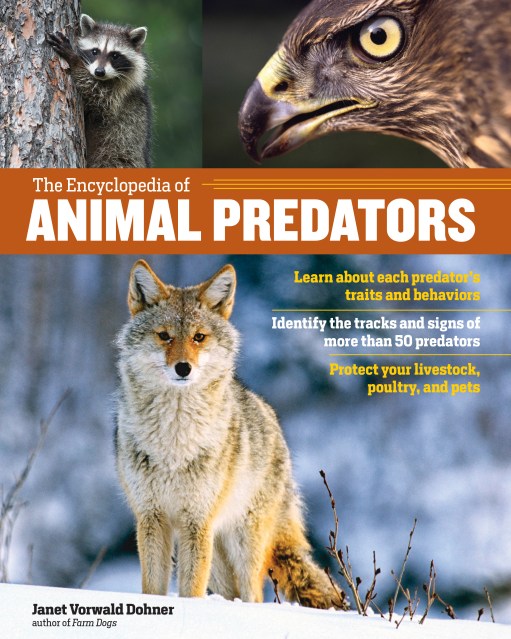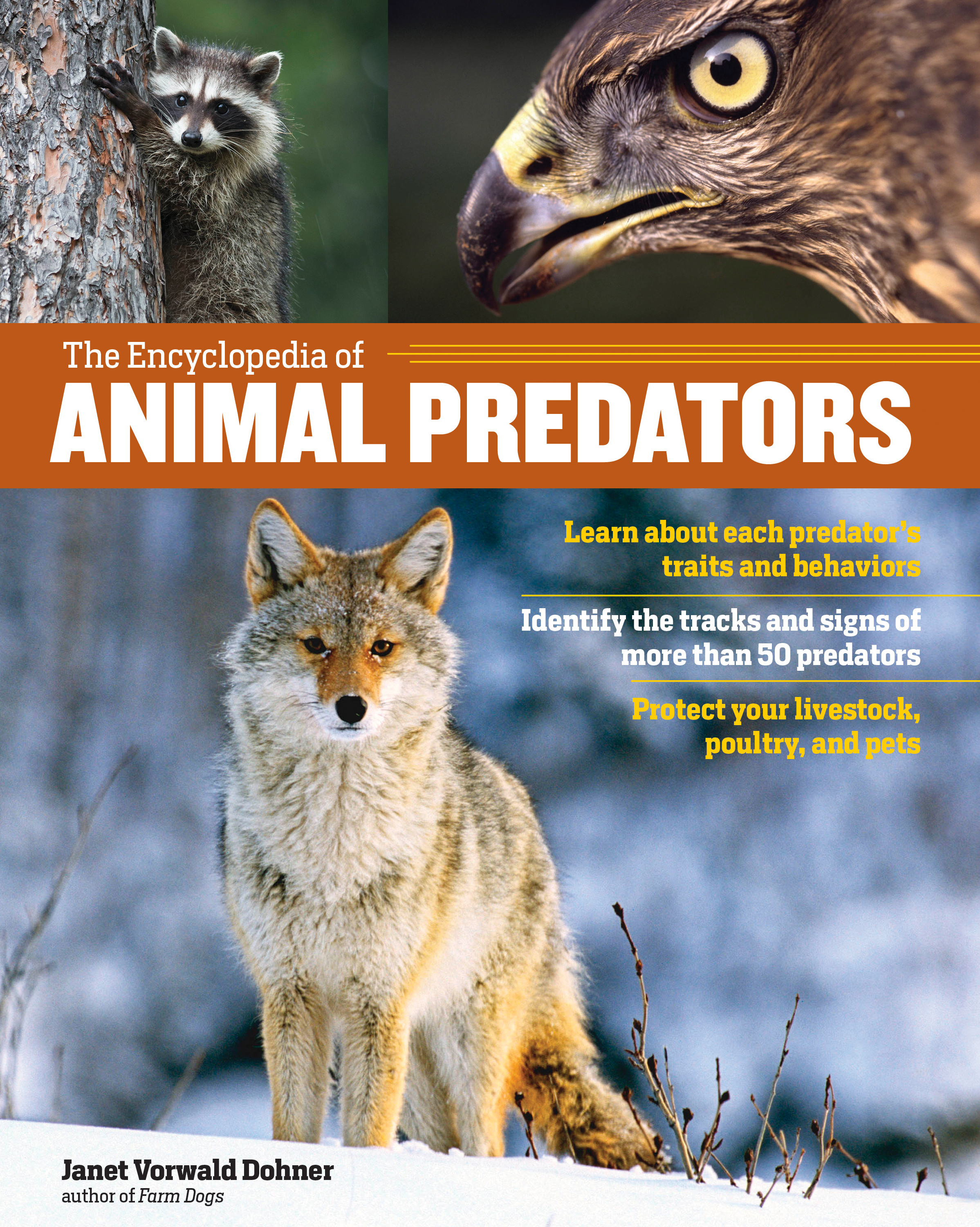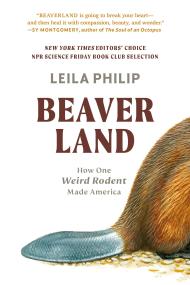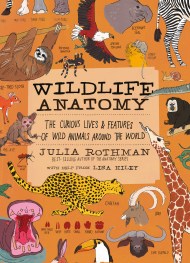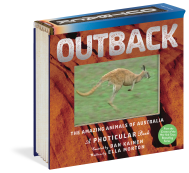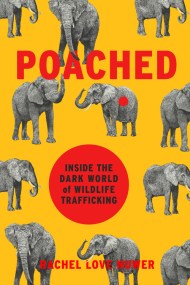Promotion
Use code MOM24 for 20% off site wide + free shipping over $45
The Encyclopedia of Animal Predators
Learn about Each Predator’s Traits and Behaviors; Identify the Tracks and Signs of More Than 50 Predators; Protect Your Livestock, Poultry, and Pets
Contributors
Formats and Prices
Price
$12.99Price
$16.99 CADFormat
Format:
- ebook $12.99 $16.99 CAD
- Trade Paperback $24.95 $30.95 CAD
This item is a preorder. Your payment method will be charged immediately, and the product is expected to ship on or around May 16, 2017. This date is subject to change due to shipping delays beyond our control.
Also available from:
Learn to identify threatening species through tracks, scat, and the damage they leave behind. Fascinating profiles of more than 50 predatory mammals, birds, and reptiles teach farmers, ranchers, homesteaders, and backyard-animal raisers how to prevent their livestock, poultry, and pets from becoming prey. By understanding how predators think and behave, where and how they live, and how they attack and kill prey, you’ll be able to interpret the potential threats surrounding your home. Whether you have a vested interest in protecting your pets and livestock or are simply spellbound by wild predators, this is the book for you!
Genre:
-
“Suburban homeowners know if a skunk has visited their property but may not be aware of what attracted this predator. A farmer may discover the corpse of a lamb, a scattering of feathers, or an empty, licked-out egg shell and wonder if a hawk, fox, or something else was responsible. Dohner (Farm Dogs; Historic and Endangered Livestock and Poultry Breeds) has some answers. Full-color photographs depict the many predators of North America and Canada, and illustrations of paw prints and scat provide more information for identifying an unseen animal. Edifying entries describe the creatures and suggest measures to discourage them from showing up on one's property. The exhaustive descriptions make it easy to identify the predators, and an extensive section on nonlethal control methods encourages coexistence rather than extermination. The appendix includes websites and an index organized by predator name, identifying the damage the animal is capable of. VERDICT Useful for farmers and homeowners researching predator issues, this volume offers plenty of material for general and student audiences.” — Library Journal
“Small-farmer Dohner follows up her well-received Farm Dogs (2016) with a volume of equal value not only to farmers and ranchers — covering such impactful predators as bears, mountain lions, feral swine, and raptors — but also to city and suburban dwellers bedeviled by the likes of rats, raccoons, crows, and even domestic "roaming" cats and dogs. The book is well organized into animal families (cats, bears, weasels, raccoons, skunks, opossums, rats, domestic and feral animals, birds of prey, true owls, crows, snapping turtles, gators/crocs, and snakes), which are then broken down into more-specific animals (e.g., American crow, common raven, and black-billed magpie under the crow category). Most animal-family entries include a "damage ID" that includes method of kill, paw prints, gait, time of day they hunt, and even a drawing (not photo, thankfully) of their scat.” — Booklist“A thorough book of facts and practical advice on coexisting with troublesome predators. Running throughout is a unifying plea of compassion: These are not mindless enemies to be vanquished, but irreplaceable neighbors to be cherished.” — Will Stolzenburg, author of Heart of a Lion and Where the Wild Things Were
- On Sale
- May 16, 2017
- Page Count
- 288 pages
- Publisher
- Storey
- ISBN-13
- 9781612127002
Newsletter Signup
By clicking ‘Sign Up,’ I acknowledge that I have read and agree to Hachette Book Group’s Privacy Policy and Terms of Use
